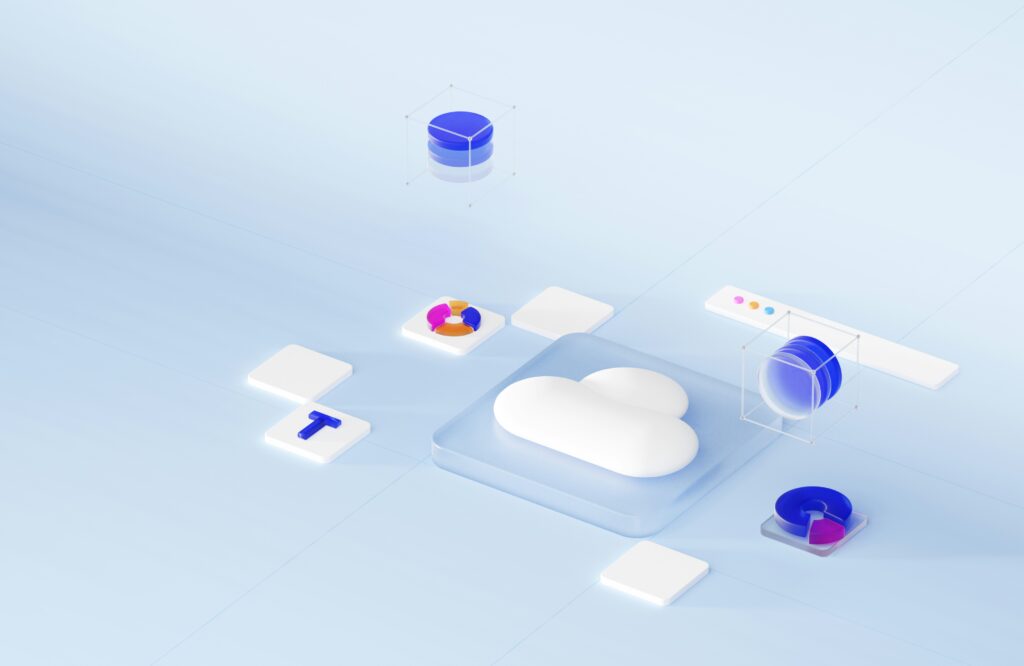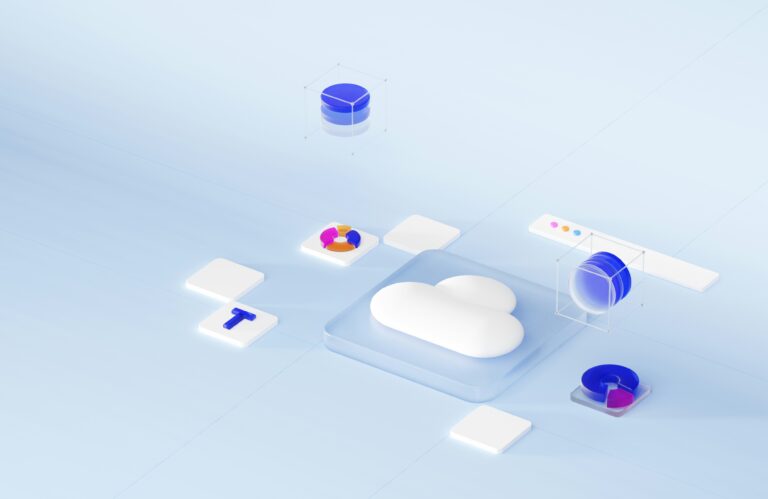
7 Amazing Benefits of Cloud Computing in the Digital Age
Introduction
Imagine storing all your photos, accessing powerful software, or running a business without ever needing to own a single server or hard drive. This is the magic of cloud computing, a technology that has become the backbone of our digital world. From streaming movies on Netflix to collaborating on Google Docs, cloud computing enables seamless access to data and services over the internet. This article explores what cloud computing is, how it works, its real-world applications, current trends, and its transformative potential, all explained in a way that’s engaging and easy to understand for everyone.
What is Cloud Computing?
Cloud computing refers to the delivery of computing services—such as storage, processing power, databases, and software—over the internet (“the cloud”) instead of relying on physical hardware. Rather than owning and maintaining servers, individuals and businesses can rent these resources from cloud providers, accessing them on-demand from anywhere with an internet connection.
Key Components of Cloud Computing
- Infrastructure as a Service (IaaS): Provides virtualized computing resources like servers and storage. For example, Amazon Web Services (AWS) offers virtual machines for businesses.
- Platform as a Service (PaaS): Offers tools and environments for developers to build applications, like Google App Engine.
- Software as a Service (SaaS): Delivers software over the internet, such as Microsoft Office 365 or Dropbox, eliminating the need for local installation.
- Cloud Storage: Enables secure data storage and retrieval, like Google Drive or iCloud.
Types of Cloud Models
- Public Cloud: Services shared across multiple users, managed by providers like AWS, Microsoft Azure, or Google Cloud.
- Private Cloud: Dedicated to a single organization for enhanced security and control.
- Hybrid Cloud: Combines public and private clouds, offering flexibility and cost-efficiency.
How Cloud Computing Works
Cloud computing operates through a network of remote servers hosted by providers in data centers worldwide. Here’s a simplified process:
- User Request: A user accesses a service (e.g., uploading a file to Dropbox) via a device like a smartphone or laptop.
- Data Transmission: The request travels over the internet to the provider’s servers.
- Processing and Storage: The cloud server processes the request, stores data, or runs applications as needed.
- Response Delivery: The result (e.g., a file download or app interface) is sent back to the user’s device.
Real-World Applications of Cloud Computing
Cloud computing powers a wide range of industries, making technology accessible, scalable, and cost-effective.
Business and Productivity
Businesses use cloud-based tools like Slack, Trello, and Salesforce to streamline collaboration and customer management. Small startups can access enterprise-grade software without investing in expensive hardware, leveling the playing field.
Entertainment and Media
Streaming services like Netflix and Spotify rely on the cloud to deliver content globally. Netflix uses AWS to store and stream millions of hours of video, scaling instantly to meet demand during peak viewing times.
Healthcare
Cloud computing enables secure storage of patient records and supports telemedicine platforms. For instance, hospitals use cloud-based electronic health record (EHR) systems like Epic to share data across facilities, improving patient care.
Education
Cloud platforms like Google Classroom and Microsoft Teams facilitate online learning, allowing students and teachers to collaborate in real-time. Universities use the cloud to store research data and run complex simulations.
Gaming
Cloud gaming services, such as NVIDIA GeForce Now, stream high-end games to devices without requiring powerful hardware. This makes gaming accessible to users with basic laptops or smartphones.
Current Trends in Cloud Computing
As of 2025, cloud computing continues to evolve, driven by technological advancements and growing demand. Here are key trends shaping its future:
Multi-Cloud and Hybrid Cloud Adoption
Businesses are increasingly using multiple cloud providers (e.g., AWS and Azure) to avoid vendor lock-in and optimize costs. Hybrid clouds, blending public and private environments, are popular for balancing security and scalability.
Serverless Computing
Serverless architectures, like AWS Lambda, allow developers to run code without managing servers, reducing costs and complexity. This trend supports rapid app development and microservices.
AI and Machine Learning Integration
Cloud platforms are embedding AI and machine learning capabilities, enabling businesses to analyze data and build intelligent applications. For example, Google Cloud’s AI tools help companies predict customer behavior.
Edge Computing Synergy
Edge computing, where data is processed closer to its source, complements cloud computing by reducing latency. This is critical for IoT devices and autonomous vehicles, with providers like Azure offering edge solutions.
Sustainability Initiatives
Cloud providers are prioritizing green computing. Google and Microsoft aim for carbon-neutral data centers by 2030, using renewable energy and AI to optimize power usage.
Enhanced Security
With cyber threats rising, cloud providers are investing in advanced encryption, zero-trust architectures, and AI-driven threat detection to protect data.
Benefits of Cloud Computing
Cloud computing offers numerous advantages:
- Cost Efficiency: Pay-as-you-go models eliminate upfront hardware costs.
- Scalability: Businesses can scale resources instantly to meet demand.
- Accessibility: Access data and services from anywhere with an internet connection.
- Collaboration: Cloud tools enable real-time teamwork across geographies.
- Reliability: Providers ensure high uptime and disaster recovery through redundant systems.
Challenges of Cloud Computing
Despite its benefits, cloud computing faces challenges:
- Security and Privacy: Data breaches and compliance issues (e.g., GDPR) require robust security measures.
- Downtime Risks: Reliance on internet connectivity means outages can disrupt services.
- Vendor Lock-In: Switching providers can be complex due to data migration challenges.
- Cost Management: Unmonitored usage can lead to unexpected expenses.
- Digital Divide: Limited internet access in some regions hinders cloud adoption.
Addressing these challenges requires careful planning, strong security protocols, and global efforts to improve connectivity.
The Future of Cloud Computing
The future of cloud computing is bright, with innovations poised to transform industries further. By 2030, analysts predict the global cloud market will exceed $1 trillion, driven by:
- AI-Driven Automation: Cloud platforms will automate more tasks, from resource allocation to cybersecurity.
- Quantum Cloud Computing: Early quantum cloud services, like those from IBM, could solve complex problems in fields like cryptography and drug discovery.
- Global Accessibility: Initiatives to expand internet access will bring cloud benefits to underserved regions.
- Industry-Specific Clouds: Tailored solutions for healthcare, finance, and retail will drive adoption.
As cloud computing becomes more integrated into daily life, education and training will be key to ensuring businesses and individuals can leverage its full potential.
Conclusion
Cloud computing is a cornerstone of the digital age, empowering individuals, businesses, and industries with flexible, scalable, and cost-effective technology solutions. From streaming entertainment to enabling global collaboration, its applications are vast and growing. As trends like AI integration, edge computing, and sustainability shape its evolution, cloud computing promises a future where technology is more accessible and efficient than ever. By addressing challenges like security and accessibility, we can ensure the cloud continues to drive innovation and connect the world.





